What makes an animal dangerous? The nature v nurture debate in dogs
- Published
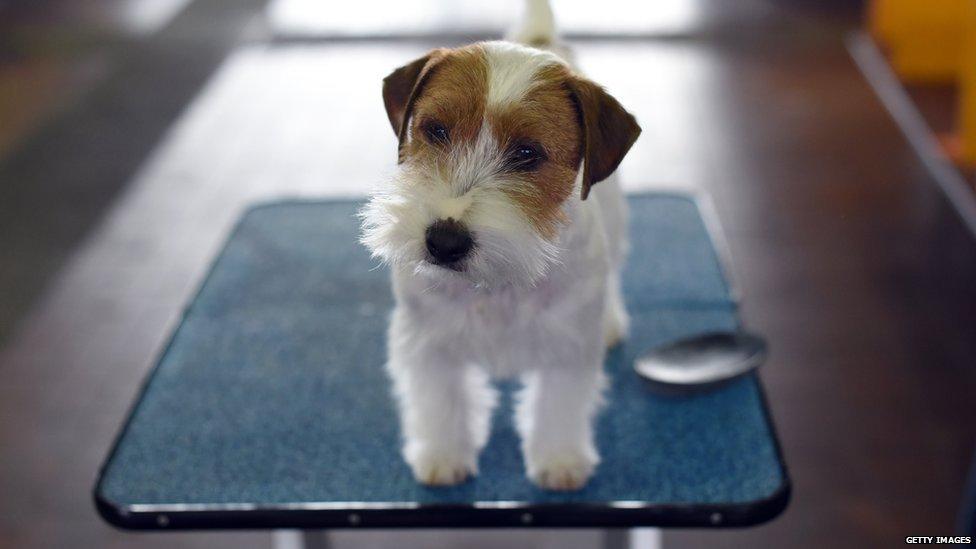
The RSPCA is saying the law on banned dogs needs changing.
The animal charity says they should be judged on individual behaviour, rather than breed, but the government says banning certain breeds is "crucial".
It's after police say they seized nearly 5,000 dogs suspected of being banned breeds from owners in England and Wales in the past three years.
But is it a dog's genetics that makes it dangerous, or the way it's raised by its owners?
Louise Glazebrook from The Darling Dog Company is a dog trainer and behaviourist.
She says it's a complex issue but thinks we should be focusing on how the animal acts, not how it looks.
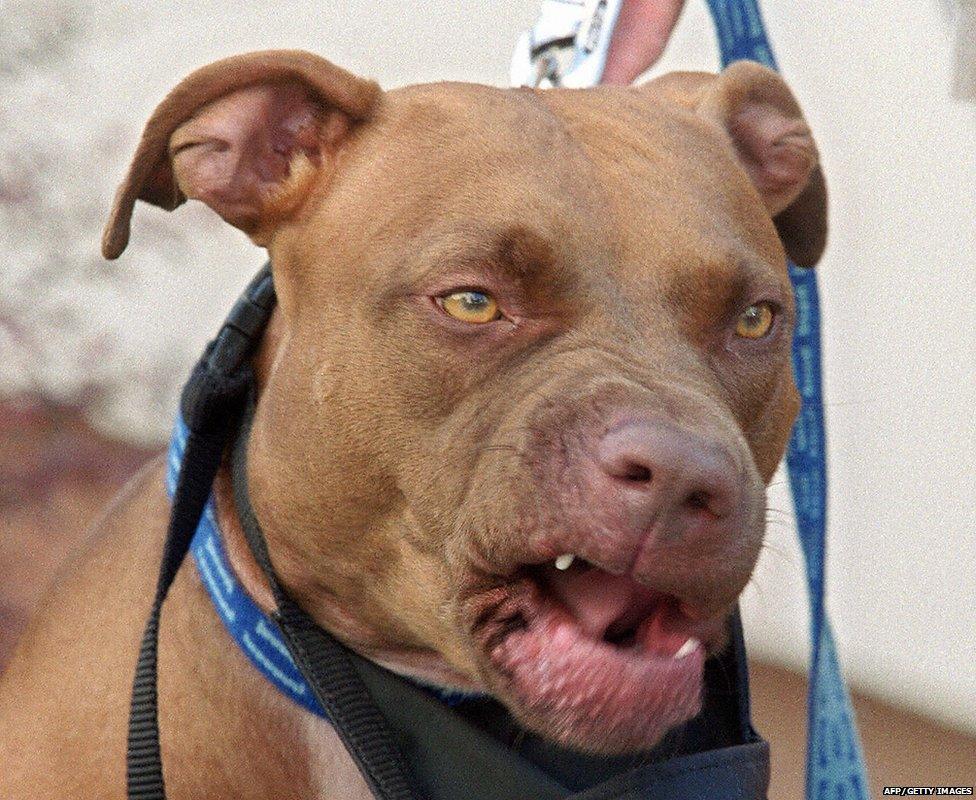
This picture of a pit bull from France is often used in stories to portray a dangerous dog
"If it were as easy as identifying a bad dog by the way its tail is shaped or whether its gait is an exact measurement, surely none of the dogs being seized would be given back for having a great temperament?
"The reality is that judging anything purely on how it looks isn't advisable in my opinion.
"What we should be looking for is where that dog has come from (its breeding), the experiences it has had and its actual behaviour.
"The breeding of any dog can contribute to any breed, you only need to look to the working lines of certain breeds v the show types to see how much of a difference that breeding can affect a dog's personality and the way it conducts itself.
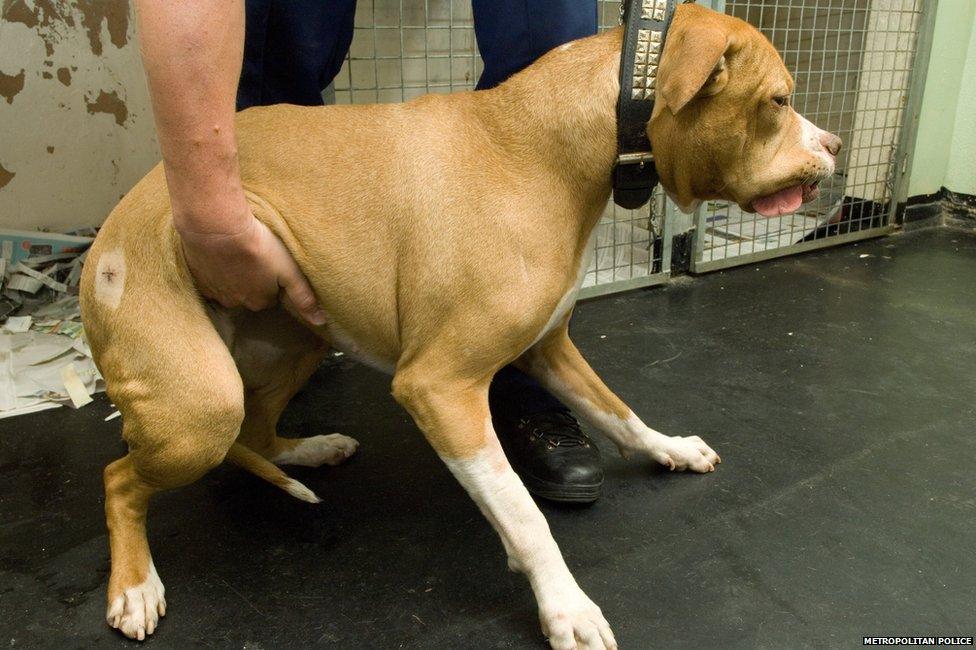
Tyson, a male Staffordshire bull terrier-bull mastiff cross, was used in a deadly attack in London in 2009
"That's why so many owners aren't suited to owning many working types of dogs. They simply can't give it what it needs to satisfy what it was designed to do - e.g. work in the field, hunt rodents.
"On the flipside we also need to look at what life's experiences can do to an animal - if it is raised by an aggressive mother, is malnourished, is poorly socialised and treated badly, I wouldn't predict that a dog would thrive in this type of environment.

Golden retrievers were the third most popular dog in America in 2015 but only eighth in the UK
"That is not to say that we do not hear of horrific abuse cases where a dog is rehabilitated and becomes a great addition to society.
"However, I could never advocate to my clients that they should purchase a dog that is badly bred, and by the same token, I would never advocate mistreating a dog - both can contribute and lead to an aggressive dog.
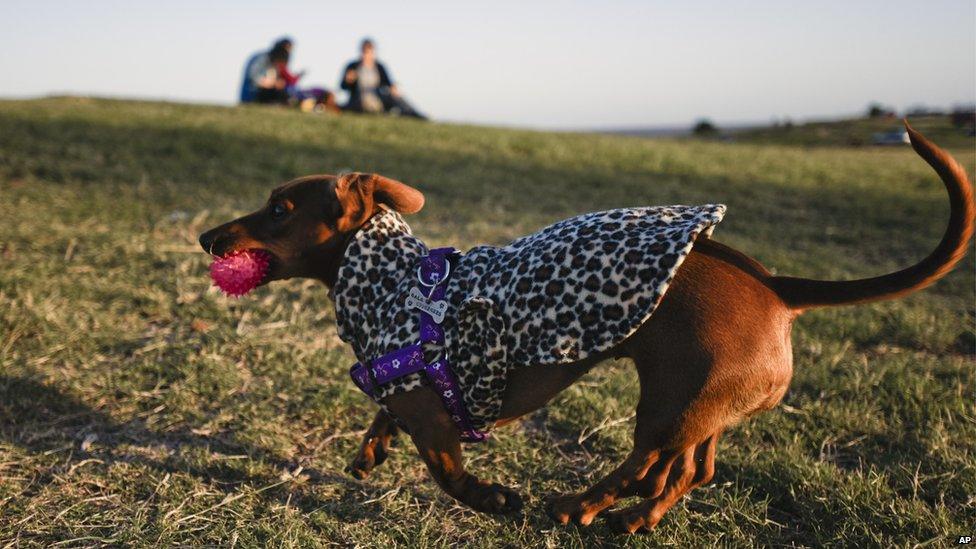
Dachshunds were found to be the sixth most likely dog breed to bite people in figures released by Merseyside Police
"I think that it is archaic to be selecting dogs based on the way they look. We should in fact be seeking out much more common traits than the slant of their eyes, look at the owners and the people who created that individual dog.
"When we look at the cases of dog attacks on humans, the reality is that the early warning signals were missed well before that dog did attack and injure.
"Dogs will show early warning signals and indicators before using aggression. The government and police don't put the time into the early warning signals which would prevent these attacks.

"In my opinion we should also be tightening our belts when it comes to the breeding of dogs. If we are creating dogs we should be creating ones that are great additions to our society.
"However, with puppy farms, puppy dealers and backyard breeders, this is often not the case.
"In my line of work, I've met and worked with thousands of dogs. Do all dogs with aggression problems look the same? No.
"I've been pulled to the ground by a pit bull. I've been attacked by a King Charles spaniel and I've taken a five-month-old Welsh terrier, who bit someone 22 times, to be put to sleep.
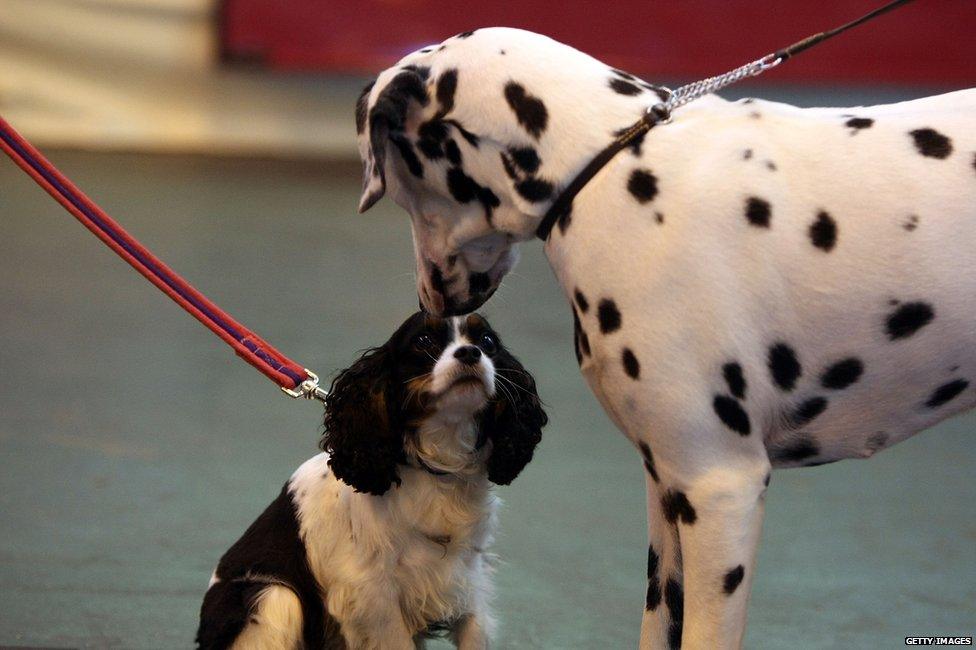
"Neither looked the same in any way shape or form.
"Moving forward we need to be looking at the behaviour of a dog to see whether it's dangerous, not the way that it looks.
"We need to sort out the way dogs are bred in this country and we need to be policing dogs in the community to make sure those early warning signals are dealt with and that those creating and abusing animals are not allowed to keep, breed and profit from a dog of any kind.
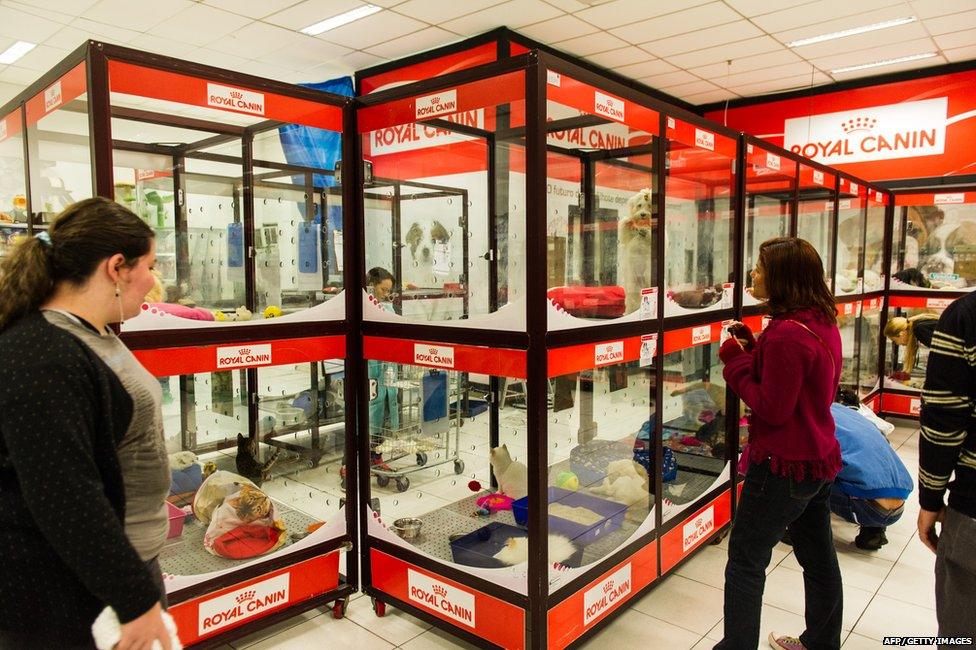
Puppies are on sale in Brazil inside glass cages which many people think is cruel and unsafe
"It may sound hippy-ish but my belief is that each dog should be looked at holistically.
"There are numerous contributing factors to make a dog aggressive and when I work with clients it is my job to understand what these could be and if and how we can change those.
"In some cases it isn't always possible and that is incredibly sad. But by looking at socialisation, nutrition, training, exercise and play there are many things that can change the way a dog reacts.
"If people working in my field can do this it shows that it is down to more than just breeding, it is a mix of nature and nurture.
"To make sure we don't keep ending up in these situations we need to be getting breeding spot on and we need to be educating owners on how to raise a great dog."
Find us on Instagram at BBCNewsbeat, external and follow us on Snapchat, search for bbc_newsbeat